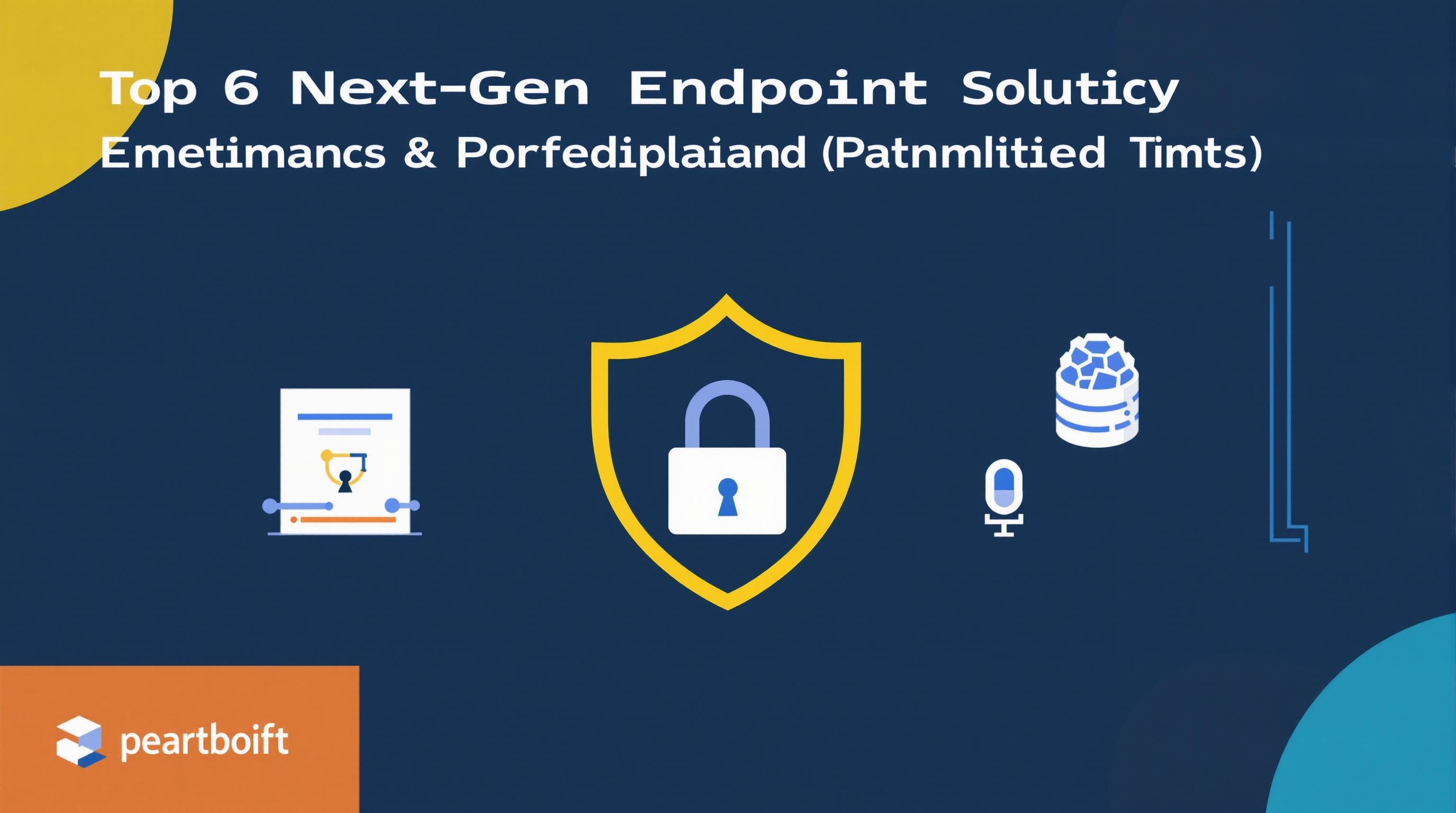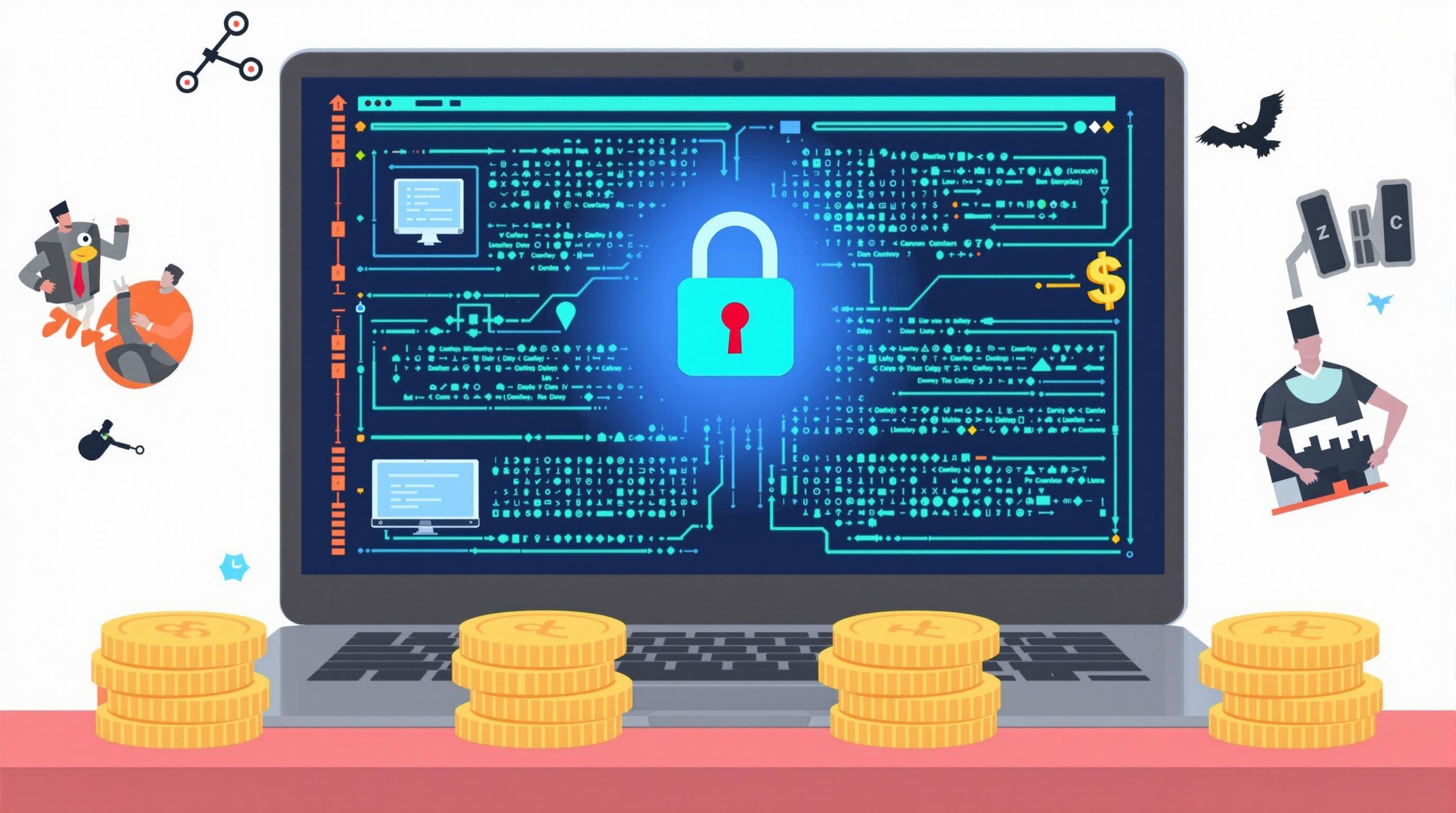Related Articles
- Top 6 Next-Gen B2B SaaS Engines Shaping Retention With AI-Powered Predictive Insights Since 2019
- Top 6 Emerging SaaS Onboarding Platforms of the Last Five Years That Actually Boost User Stickiness
- Top 8 Under-the-Radar Analytics Tools Launching Since 2019 That Outperform Big Names
- Top 7 Next-Gen Workflow Automation Platforms Revealed Comparing Game-Changing Features from the Last Five Years
- Top 6 Next-Gen Endpoint Security Solutions Since 2019 That Outsmart Modern Cyber Threats
- The Unseen Ripple Effect: How Obscure API Endpoints Influence Global Data Ecosystems in Unexpected Ways
5 Critical Human Factors in Data Security Often Ignored by Enterprises but Essential for Compliance
5 Critical Human Factors in Data Security Often Ignored by Enterprises but Essential for Compliance
5 Critical Human Factors in Data Security Often Ignored by Enterprises but Essential for Compliance
1. Employee Awareness and Training
In the realm of data security, technology often takes center stage, overshadowing the human element that is just as crucial. Employee awareness and regular training are foundational to safeguarding sensitive data. Without proper understanding, employees may unknowingly become points of vulnerability, susceptible to phishing attacks, social engineering, or inadvertent data leaks.
Enterprises frequently overlook continuous education, treating training as a one-time event rather than an ongoing necessity. This leaves gaps in knowledge that cybercriminals exploit. Comprehensive programs that adapt to emerging threats ensure employees remain vigilant and empowered to act correctly.
Organizations like the SANS Institute emphasize that human error contributes to over 90% of cybersecurity breaches (SANS, 2021). The investment in frequent, engaging training sessions pays off by reducing risks and helping enterprises meet compliance mandates that require evidence of staff preparedness.
2. Insider Threat Management
While external attacks garner much attention, insider threats pose a significant and often underestimated risk. These can be malicious actions by disgruntled employees or unintentional data exposure due to negligence. Enterprises that fail to monitor and mitigate insider threats leave themselves exposed to severe consequences.
Implementing strategies such as user behavior analytics, strict access controls, and whistleblower policies can help detect and prevent insider risks. However, many organizations do not invest sufficiently in these measures due to cost or complexity assumptions, which can ultimately backfire.
According to Verizon's Data Breach Investigations Report (2023), insider incidents accounted for nearly a third of breaches, highlighting the critical need for targeted policies and training to reduce internal vulnerabilities and comply with regulatory requirements.
3. Clear Security Policies and Procedures
Data security relies not only on technological tools but also on well-documented and communicated policies. Enterprises often overlook the importance of drafting clear guidelines that define acceptable use, password management, and incident response, among other critical areas.
Ambiguous or inaccessible policies lead to inconsistent practices and make it difficult to enforce standards visibly. Employees need straightforward, actionable procedures to follow so they can contribute effectively to organizational security efforts.
Regulatory frameworks such as GDPR and HIPAA mandate documented controls and protocols. Ensuring these policies are living documents reviewed regularly helps enterprises maintain compliance and adapt to evolving challenges.
4. Access Control and Privilege Management
Excessive or improperly managed user privileges increase the risk of data breaches whether through malicious intent or accidental misuse. Enterprises frequently grant broad access rights for convenience but at the expense of security.
Principle of Least Privilege (PoLP) must be enforced to ensure users only have access necessary for their job functions. Regular privilege audits and timely revocation of rights for departing employees are critical yet often neglected tasks.
Effective privilege management reduces attack surfaces and supports compliance regulations by demonstrating stringent controls over sensitive information access, as recommended by cybersecurity guidelines from NIST.
5. Incident Response Preparedness and Human Involvement
Technology may signal alerts or anomalies, but human analysis and decision-making drive effective incident response. Many enterprises underestimate the human factor during breaches, failing to prepare their teams for swift, coordinated action.
Incident response plans must assign clear roles, communication channels, and escalation procedures. Regular drills and simulations prepare staff psychologically and operationally for the pressures of a real incident.
Timely human intervention minimizes damage, preserves evidence for investigations, and ensures compliance with breach notification laws. According to the Ponemon Institute, organizations with practiced response teams reduce breach costs significantly (Ponemon, 2022).
6. Organizational Culture and Security Mindset
A culture that prioritizes security influences every employee’s behavior and decision-making. Enterprises often neglect fostering a security-aware culture, treating it as secondary to business goals or relying solely on technology to "fix" problems.
Embedding security into the organizational DNA means leadership modeling best practices and rewarding secure behaviors. It encourages employees to report suspicious activities and challenges complacency or risky shortcuts.
This cultural shift is essential for long-term resilience and compliance, as many regulations stress the importance of accountability and continuous improvement in security governance.
7. Psychological and Social Engineering Awareness
Cyber attackers frequently exploit psychological vulnerabilities rather than technical flaws. Social engineering tactics prey on trust, authority, and urgency to manipulate employees into divulging credentials or sensitive information.
Enterprises rarely provide in-depth training on recognizing and resisting these manipulations. Understanding human psychology, red flags, and practicing skepticism is vital for frontline employees, especially those with high-level access.
Addressing this human factor reduces successful phishing and pretexting attacks, helping enterprises meet compliance sections concerning data protection and breach prevention.
8. Communication and Reporting Channels
Timely reporting of suspicious incidents or potential vulnerabilities hinges on accessible and trusted communication channels. Enterprises often lack defined or user-friendly mechanisms for employees to report concerns without fear of reprisal.
Encouraging open communication bolsters early detection of threats, enabling faster containment. Anonymity options, clear reporting guidelines, and prompt feedback foster a proactive security posture.
This factor aligns with compliance needs for incident reporting and continuous monitoring, making it a critical, yet commonly overlooked, human aspect of data security strategy.
9. Third-party and Vendor Human Factor Risks
Outsourcing and partnerships enlarge the security perimeter, introducing human factor risks among vendors and contractors. Enterprises frequently fail to assess or monitor human-related security practices beyond their internal teams.
Ensuring vendors implement robust employee training, access controls, and incident protocols is crucial. Contracts should include clauses addressing human-related security requirements and regular audits.
Ignoring this enlarges risk exposure and complicates compliance with regulations like GDPR that hold data controllers accountable for third-party actions.
10. Continuous Human Factor Risk Assessment
Data security is dynamic, with evolving threats that require ongoing evaluation of human factor risks. Enterprises often treat risk assessments as periodic or static, missing emerging vulnerabilities borne from personnel changes or new social engineering techniques.
Regularly assessing employee roles, training effectiveness, insider threat indicators, and culture metrics helps identify gaps and informs adjustments. Engaging cross-functional teams provides holistic insight into human risks.
This continuous approach reinforces compliance frameworks, which increasingly emphasize adaptive risk management processes to maintain effective data protection.




